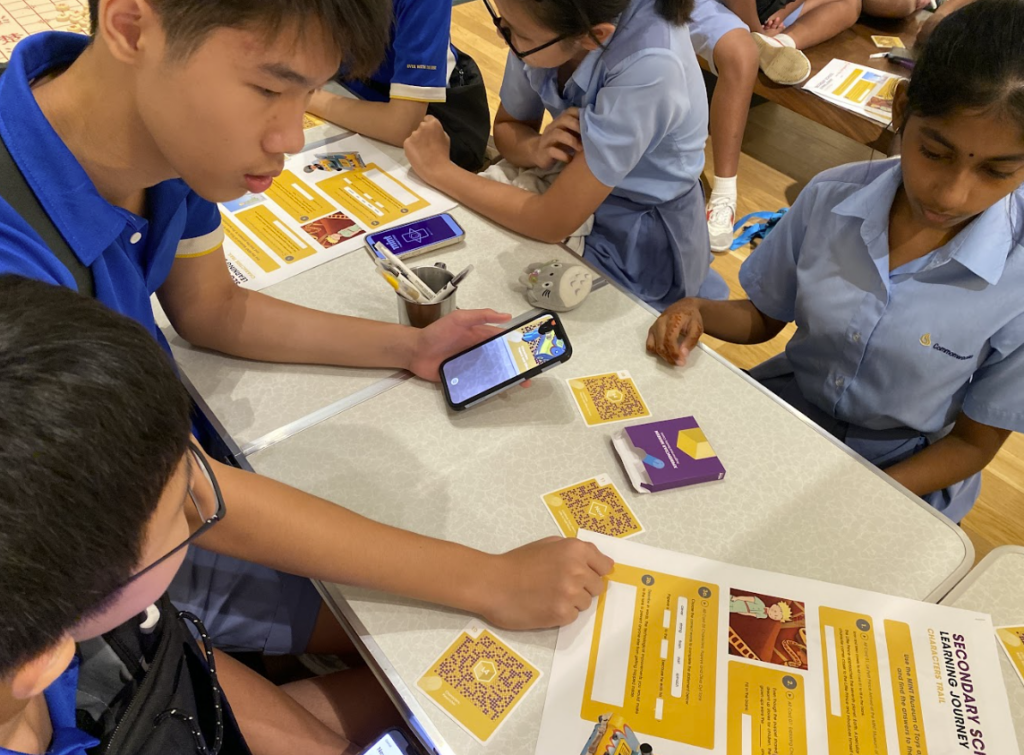SECONDARY SCHOOL LEARNERS
Google, Siri, Bixby and Alexa! Instagram, Snapchat and TikTok! These are the epitome of rise of artificial intelligence, technological advancements and globalisation in our economic progression today. However, these advancements have also led to concerning change in our demographics. In a society where everything is rapidly progressing, how do we ensure steady economic progression while combatting the cultural challenges in Singapore?


LEARNING ABOUT 21ST CENTURY
COMPETENCIES

AROUND THE MUSEUM
In this Secondary School Learning Journey programme, there are 4 trails to choose between to learn around the museum’s levels across Outerspace, Characters, Childhood Favourites or Collectables.
Students could be learning about:
- Rise of Artificial Intelligence from Outerspace Toys (Lv 5)
- Technological Advancements from Characters Toys (Lv4)
- Changing Demographics from Childhood Favourites Toys (Lv 3)
- Pros and Cons of Globalisation from Collectables Toys (Lv2)
Students will be embarking on an exciting and immersive 45 minutes guided tour before complete a 45 minutes hands-on activity involving the scanning of Augmented Reality touchpoints filled with 2D animations & narration as well as watching vintage toys come to life in 3D.
Featured Toys Across Different Trails:
Through the museum’s vintage toys, such as Robot Action Dalek and Flying Space Saucer, students will explore the rising use of Artificial Intelligence in our lives through Outerspace toys at Level 5.
Discover the Batmobile (with Robin) and Tintin Shark Submarine to explore the technological advancements in transportation systems through Character toys at Level 4.
Understand the changing demographics across different countries, era and lifetime through Childhood Favourite toys at Level 3 such as Manchu Lady and Bruce Lee Hand Puppets.
Investigate the pros and cons of globalisation through Jocko the Climbing Monkey, Charlie Weaver Bartender and Mickey Mouse with Eyelashes through Collectable Toys at Level 2.

